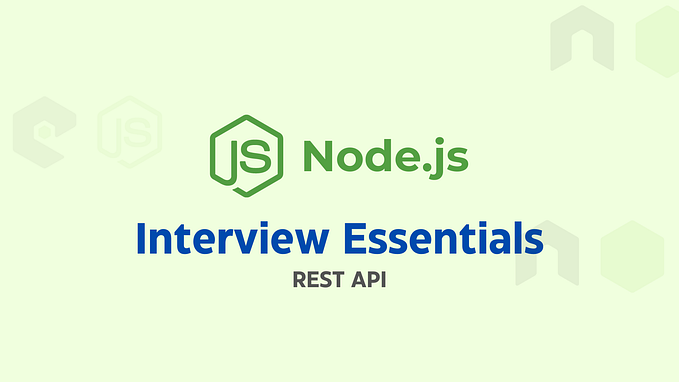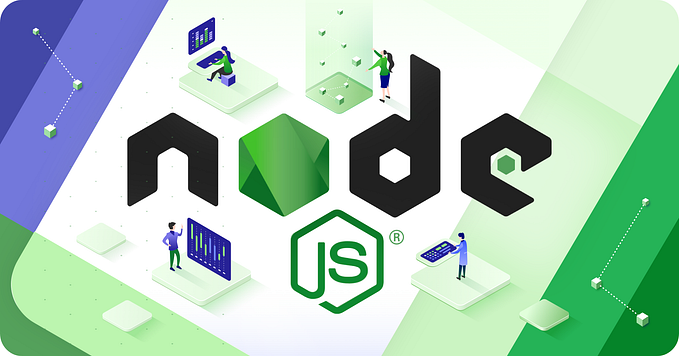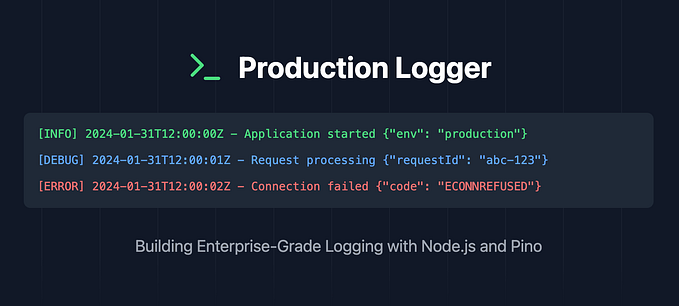Member-only story
How to apply SOLID principles with Typescript in an easy way
In this article we are going to talk about SOLID principles and how to use it in your Typescript projects!

Common question in interviews, a topic that every software engineer knows or pretends to know and a good topic to review its principles from time to time…
What is SOLID?
Solid is a collection of principles (or subset to be more precise) promoted by Robert C. Martin and in short can be defined as:
- S: single responsibility
- O: open closed
- L: Liskov substitution
- I: Interface segregation
- D: Dependency inversion
Let’s see each of them in practice, with Typescript. First let’s configure a basic project (practice coding helps you learning!)
As usual, the source code can be found in the end of my article but for this one I would highly recommend to read to understand the code.
Configuring your Typescript project
To configure your Typescript project, make sure you have node installed in your computer and create a folder to work on. In my case, the folder is called solid-with-typescript.
If you already know how…










